The success of the Turkish National Movement led to the signing of Treaty of Lausanne on July 24, 1923. This treaty established the borders of modern Turkey and ended the occupation of Istanbul which started on 12 November 1918 by British, Italian and French troops who remained until September 1923. This photo shows the first Turkish troops entered Constantinople on 6 October 1923.
According to the oldest records, two great white sharks were caught in the Bosporus Strait in 1881. It is hard to believe this, but the fact is that occurrence of the sharks in the Sea of Marmara has been reported by the daily newspapers since the beginning of the 1900s. This photo is a great proof of this claim. Here is the garden of Taksim Stadium where a shark exhibited citizens who couldn’t hide their wow!
After the Turkish War of Independence or known as Liberation War which continued almost 4 years, the Turkish economy was catastrophic. The fact is that millions of people were suffering from poverty. The kids you see in the photo were living in one of the Istanbul ghetto in the 1920s. The photo is said to be taken in 1924.
The famous Galata Bridge which links the old city of Istanbul and Galata neighbourhood was built for five times. This is the fourth Galata Bridge which was built in 1912 by the German company Hüttenwerk Oberhausen AG for 350,000 gold Liras. It was 466 meters long and 25 meters wide and it exactly looked like in the photo which was taken in the 1920s.
For nearly 1000 years, the city walls of Constantinople served the city protecting it against attacks from invading forces. They were breached only twice; by the Fourth Crusade in 1204 and by the cannons of Sultan Mehmed the Conqueror in 1453. The bloodiest battles during the Turkish conquest took place around the Gate of Eğrikapı (Crooked Gate). In this photo, not only you see the Tokmaktepe Cemetery in Eğrikapı, but also the city walls look amazing in the background.
When the Bolshevik Revolution of 1917 and its civil war took place in Russia, thousands who were participants in the White movement fled from Southern Russia and Ukraine to Turkey and then moved to the European countries such as Germany, France and Britain and so on. They had tough times in Istanbul as the empire was suffering from the First World War. This photo was taken in Dolmabahçe Palace Theatre where some Russian refugees are taking shelter.
A view of Istanbul from Beyazıt Tower in the winter of 1929. If you look at the photo carefully, you would see the hills are in the background covered with snow and there’s no residential area existing. In the 50s, due to the mass migration from Anatolian rural to urban cities, those hills were packed with shanty houses by one by.
Since the first coffeehouses were opened in the Tahtakale neighbourhood by Hakem of Aleppo and Sems of Damascus, they have become a part of the everyday life for centuries. Their contribution to social life was the most important functions of coffeehouses in the Ottoman times. This feature of the coffeehouses remained during the republican time as well. Here is a scene from a coffeehouse in Istanbul in 1925.
Beside the Grand Bazaar and Spice Bazaar, there are many other weekly bazaars settled in almost every neighbourhood of the city. Attracting a mixture of locals and tourists alike, Fındıkzade Bazaar is not the first destination that comes to mind but definitely perfect stop-off for those in search of clothing, shoes, jewellery, and accessories and so on. Open every Friday, this bazaar is located opposite the Bağcılar-Kabataş tram. The photo shows how this bazaar looked like in the 1920s.
Since it was built in 1853 right next to Bosphorus, Ortaköy Mosque (Grand Imperial Mosque of Sultan Abdülmecid) has been one of the most famous mosques in Istanbul. Besides that, this marvellous piece of architecture is also one of the most popular subjects for a photographer. Almost all the famous photographers throughout history produced some incredible images of this mosque. Here its photo in the 1920s…

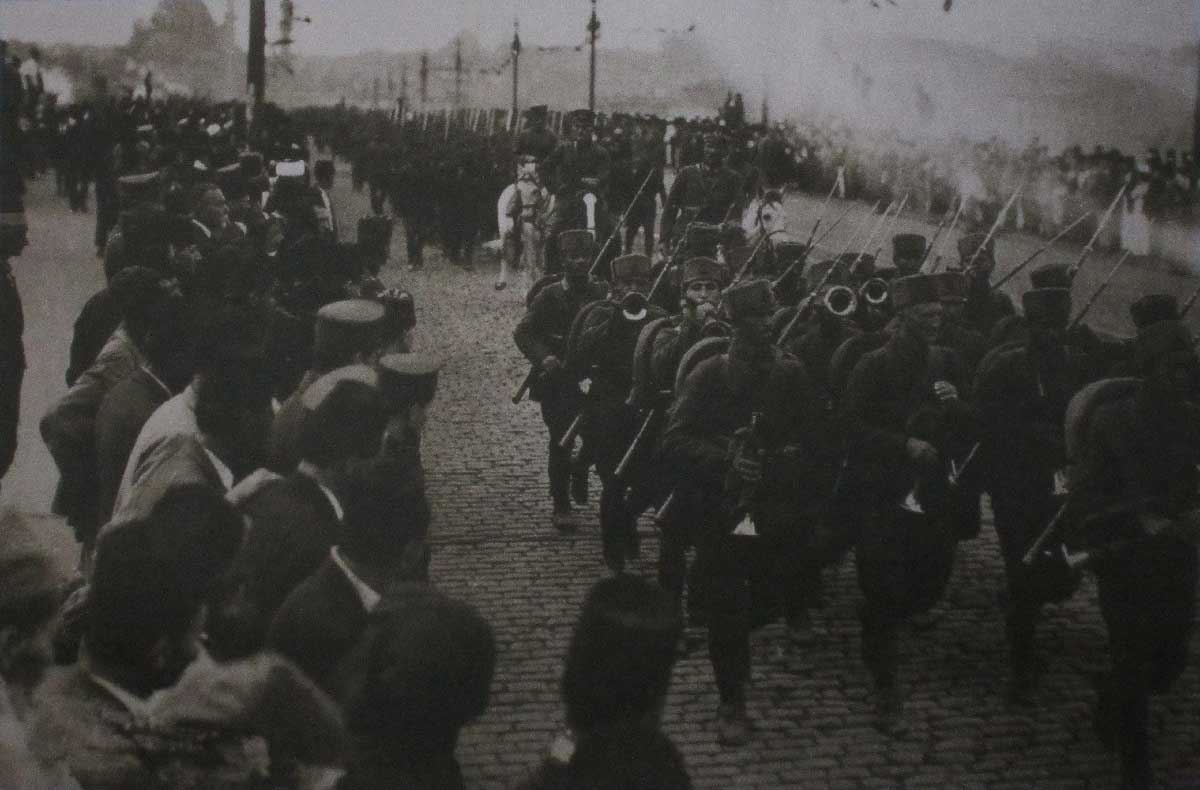
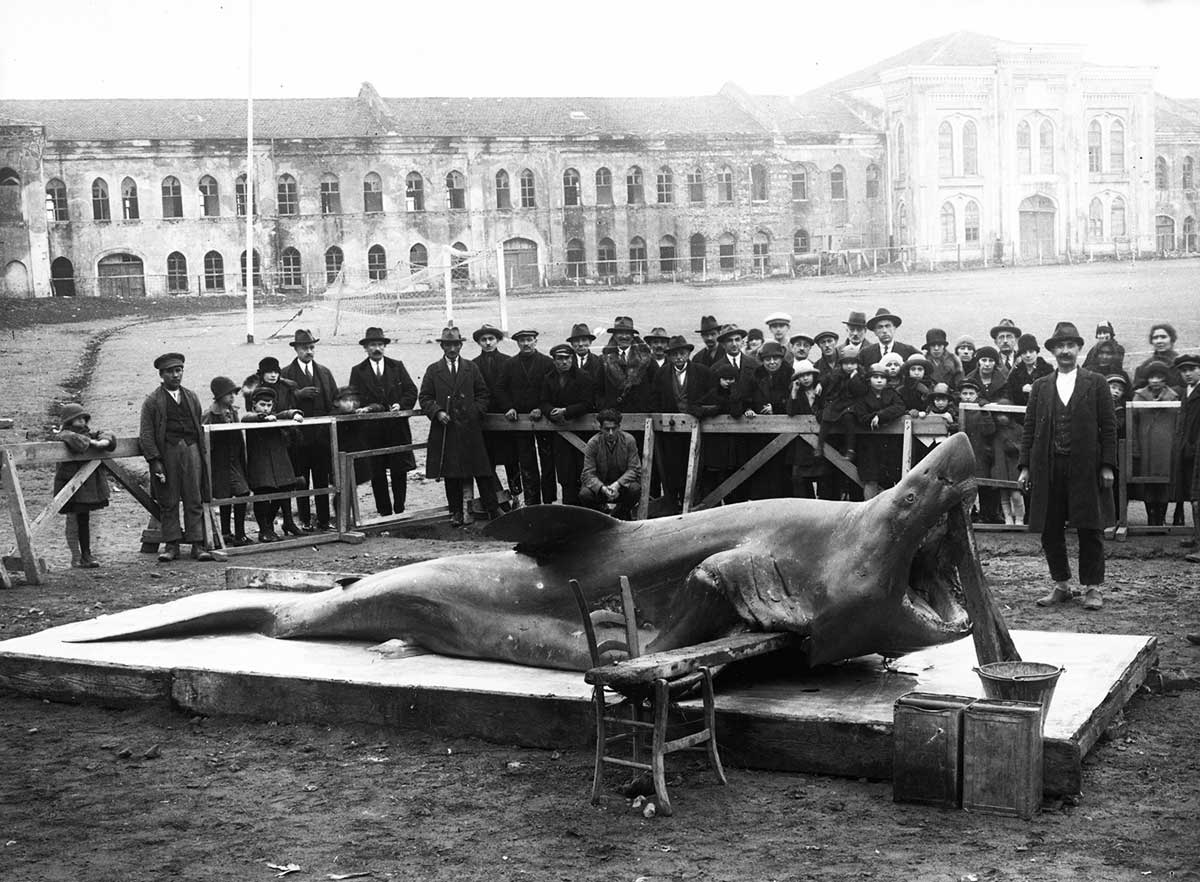
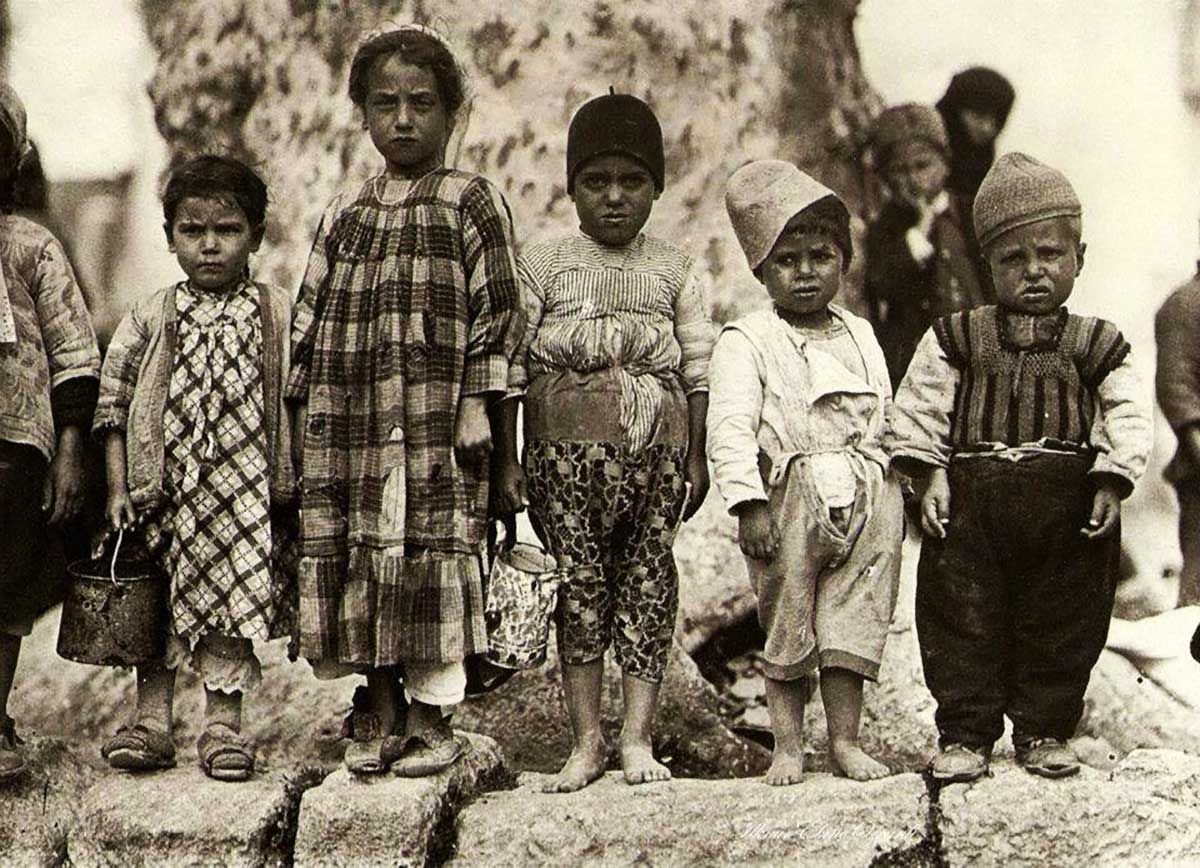
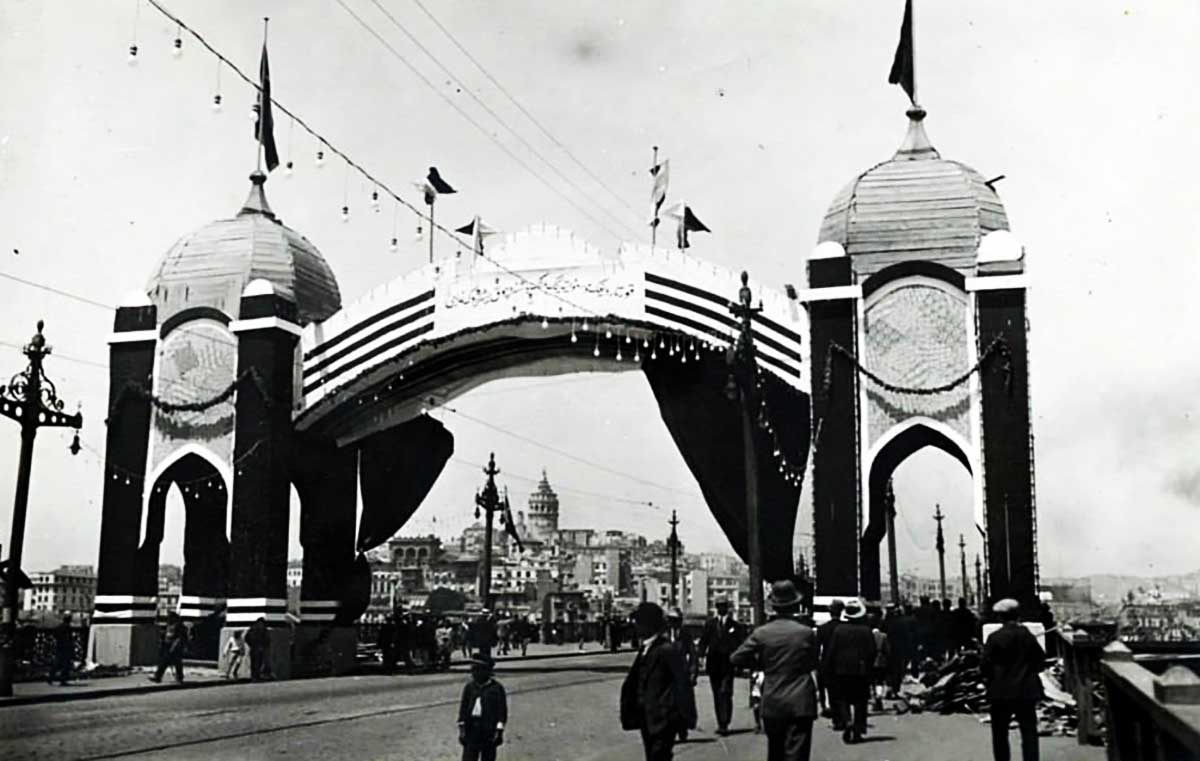
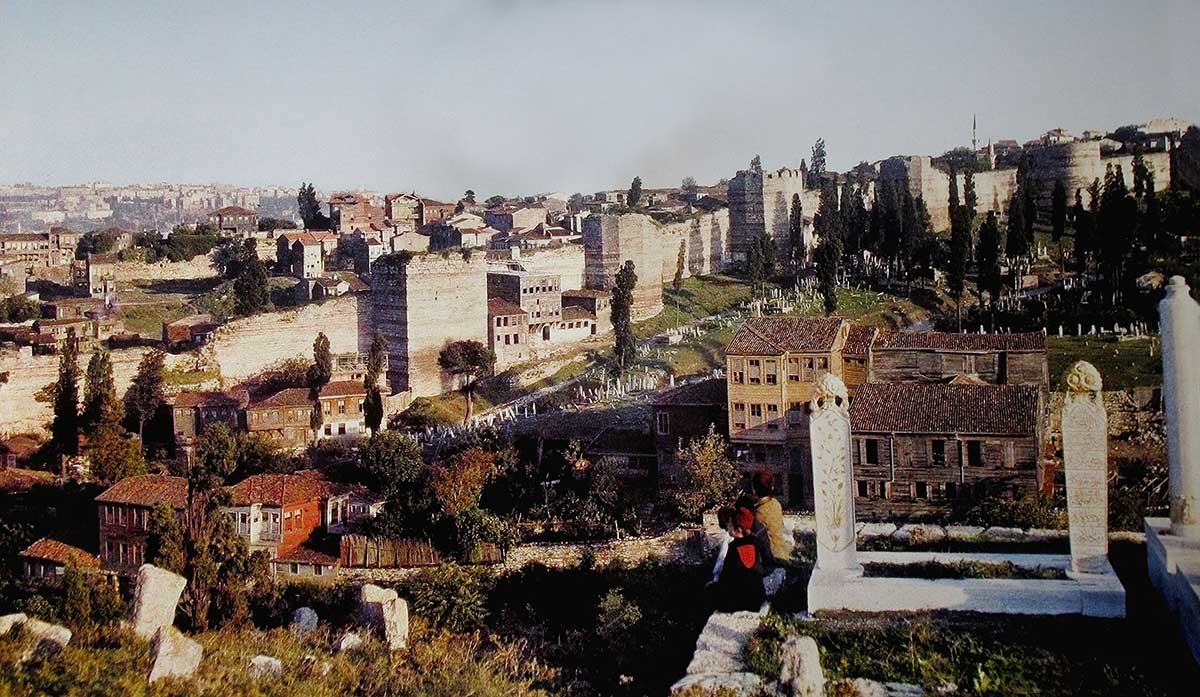
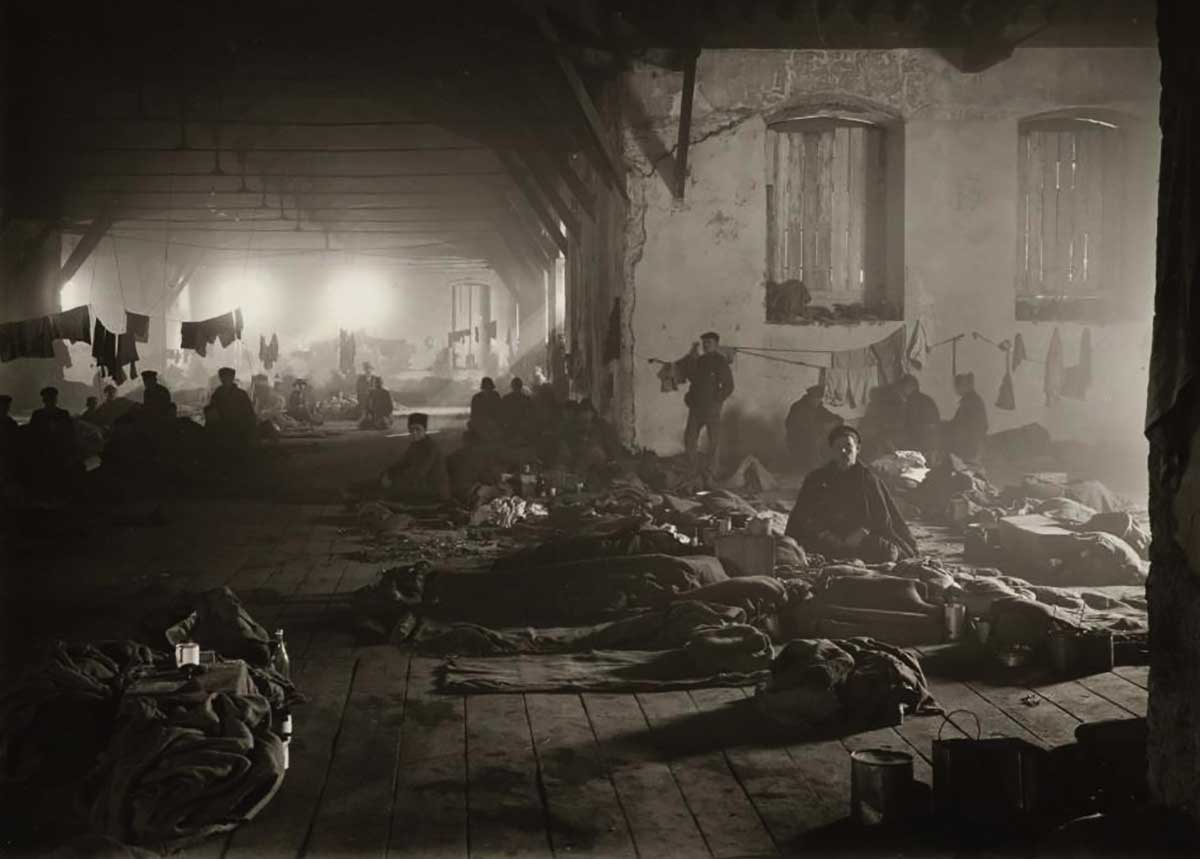
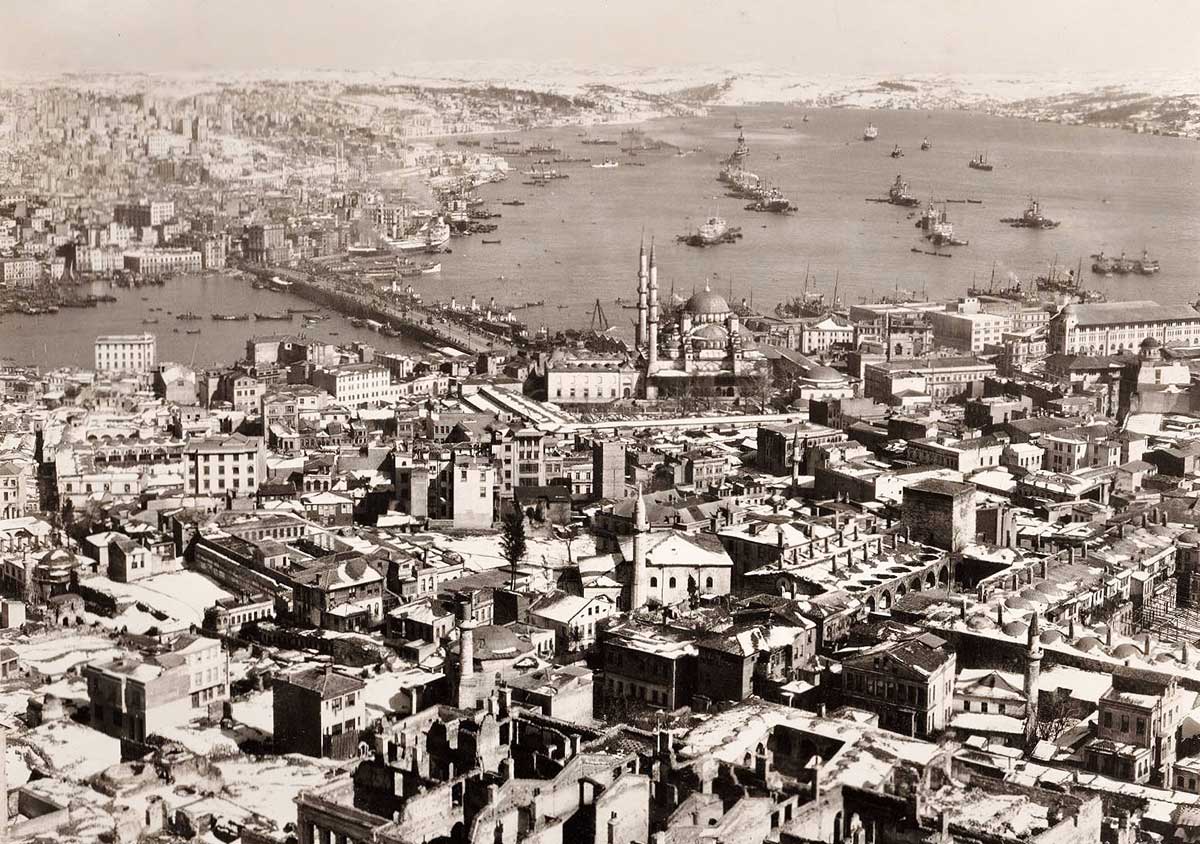
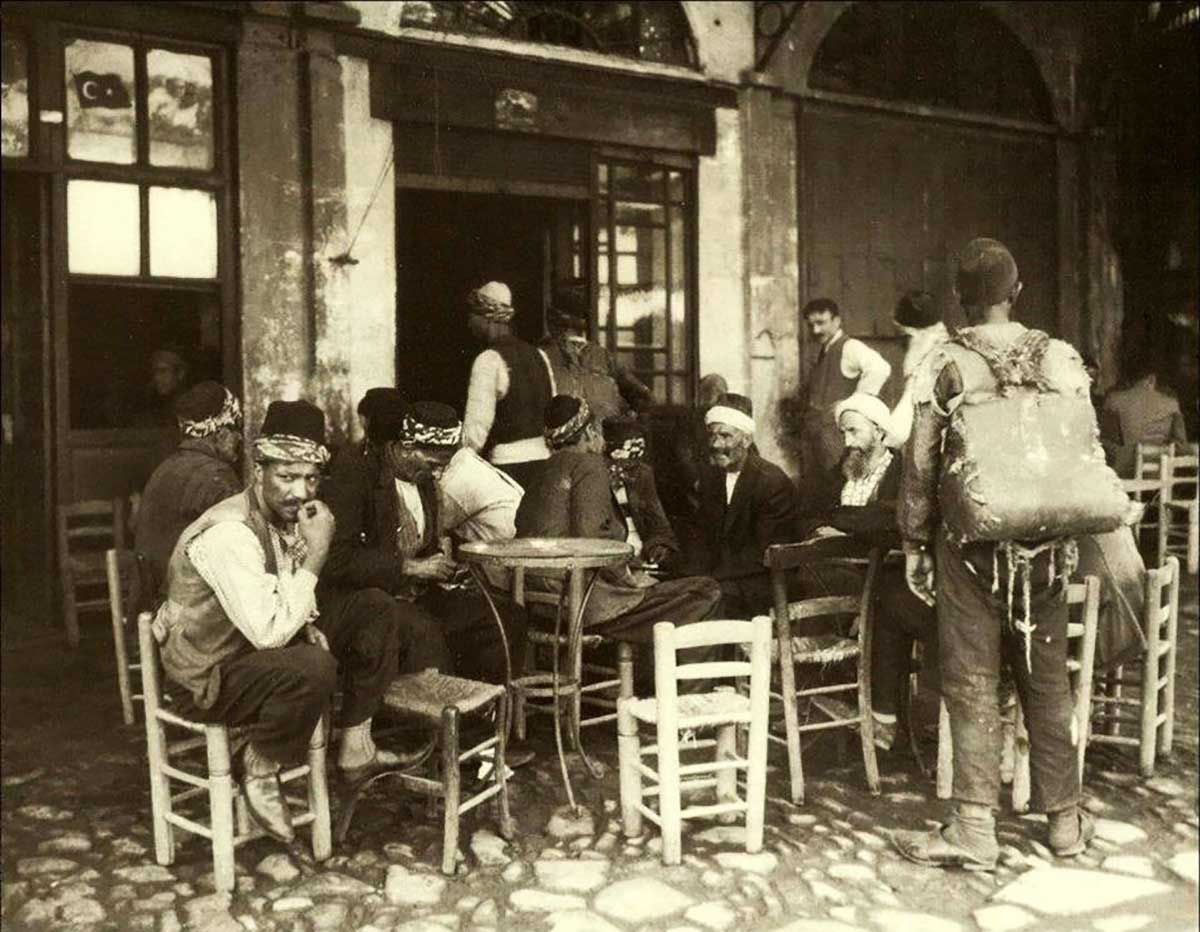
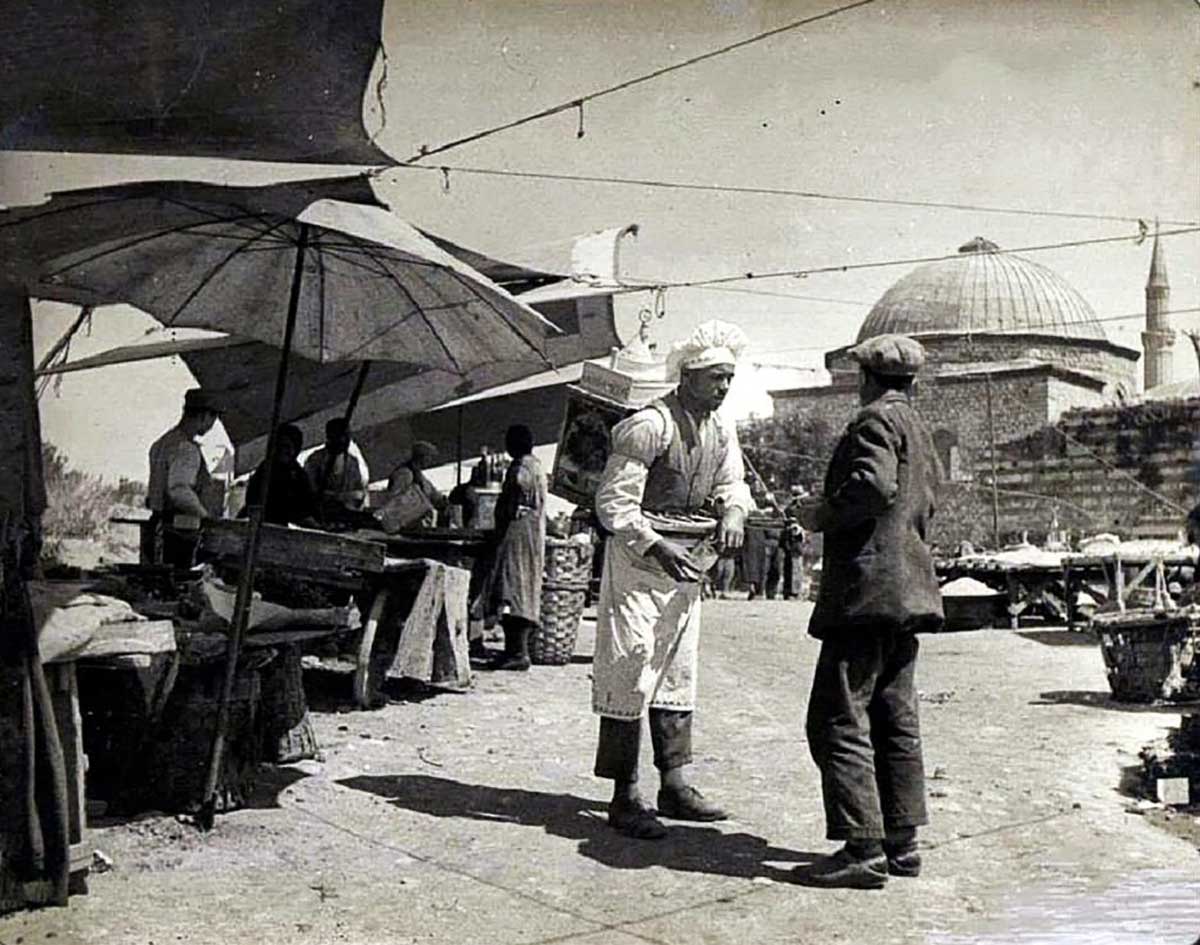
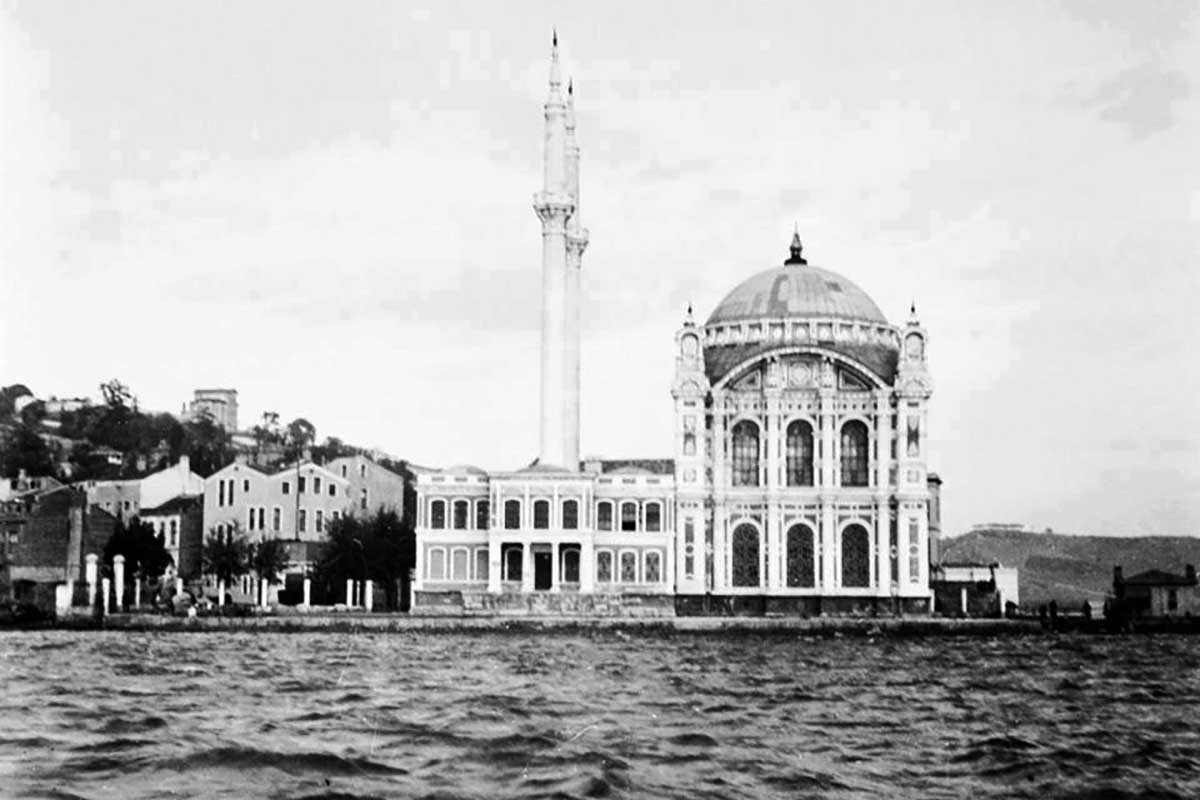
Hello,
I enjoyed looking at the photos in this site. I was a travel writer in the US for several years, hoping someday to visit Turkey, where my dad was born in 1920. I have been trying to trace my family history. From what I can recall, before my dad passed away, his father disappeared when he was just 2 years old. His name was Atomas Radeff. The family, 3 sisters and 2 older brothers (my dad was the youngest) fled Turkey to Bulgaria.